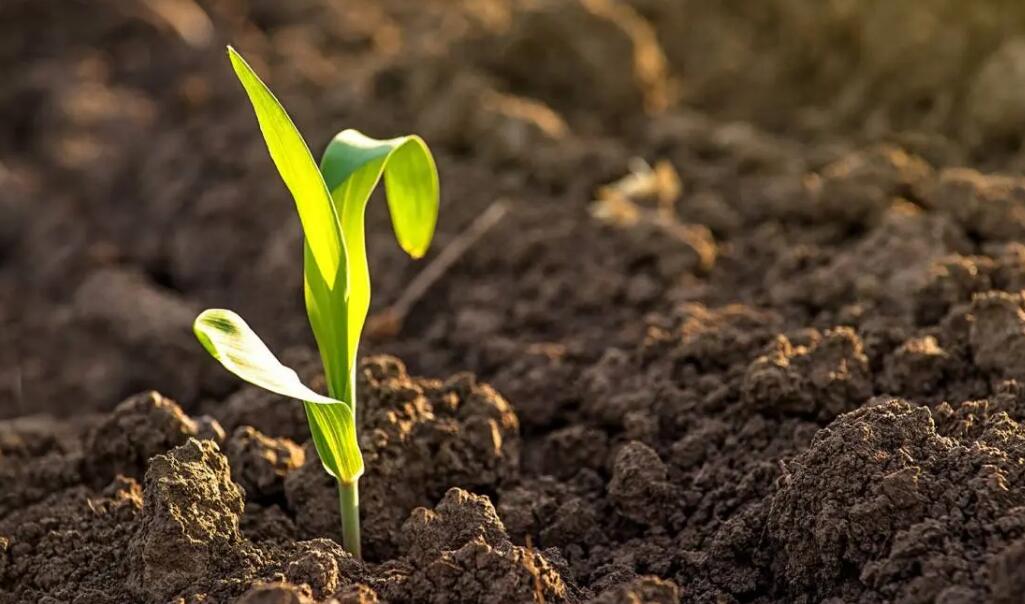ZAITUNIGULI Kuerban, TUERXUN Tuerhong, TU Zhendong, AIKEBAIER Yilahong
In order to clarify the change rule of photosynthetic characteristics and the best fertilization method in different growth stages of sweet sorghum under different fertilization treatments, the field experiment was conducted to study the stomatal conductance (Gs), intercellular CO2 concentration (Ci), transpiration rate (Tr), net photosynthetic rate (Pn), chlorophyll (SPAD), water use efficiency (WUE) and yield of New Sorghum No.3 under 8 different fertilization treatments, including CK, NK, NP, PK, NPK, M (organic fertilizer), NPKM and 1.5NPKM.The results showed that the changes of Pn, Gs, WUE and SPAD value in sorghum leaves under different fertilization treatments were the same at different growth stages, showing a trend of first increasing and then decreasing, and peaking at grain filling stage. The variation trend of Tr and Ci from flowering stage to maturity stage decreased first and then increased, and reached the lowest value in grain filling stage. At the same growth stage, the photosynthetic characteristics of different fertilization treatments were different, and the photosynthetic characteristics of leaves were affected by fertilization treatments. The Tr, Gs and Ci values of NPKM fertilization treatment at maturity stage were higher than those of other treatments, which were 3.64 mmol/(m2·s),328 mmol/(m2·s),439 μmol/mol, respectively. The correlation analysis showed that Pn of NPKM treatment at flowering stage was significant positively correlated with Tr and WUE, while Pn of NPK treatment was positively correlated with Gs and Ci. The biological yield of all fertilization treatments was significantly higher than CK, among them the biological yield of NPKM treatment reached 94.81 t/ha. The biological yield of NPKM increased 97.95%, 26.65%, 20.24%, 19.57%, 15.16%,14.98% and 11.74% respectively compared with CK, M, 1.5 NPKM, NK, PK, NPK and NP. Fertilization affects the photosynthetic parameters of the leaves of New Sorghum No.3 and was conducive to increasing yield. Therefore, it is feasible to use high photosynthetic efficiency breeding to improve biological yield. In order to alleviate the obstacle of continuous cropping of sweet sorghum, different proportion of fertilizer should be adopted. In a word, NPKM is the best fertilization mode to improve photosynthetic conditions and maximize yield, so it is preliminarily confirmed that NPKM is the best fertilization mode to promote the growth and development of continuous cropping sorghum in arid area.
